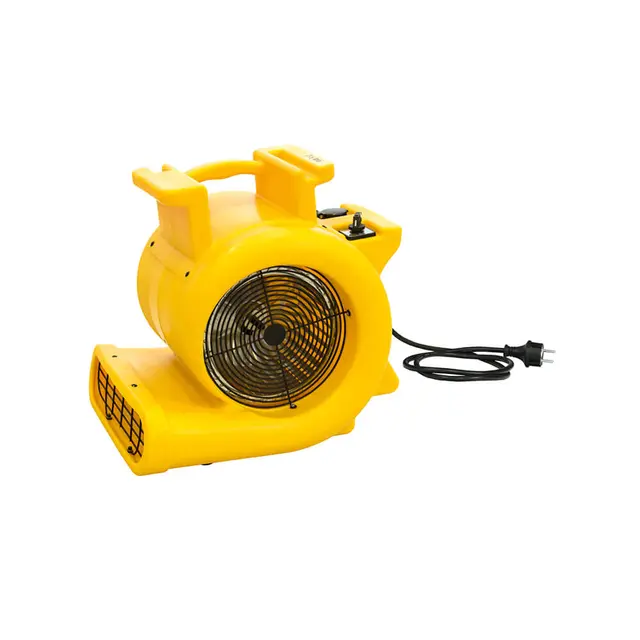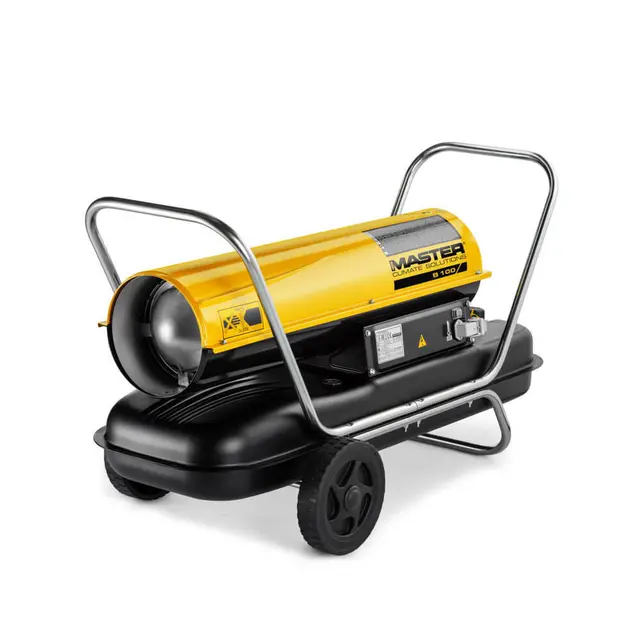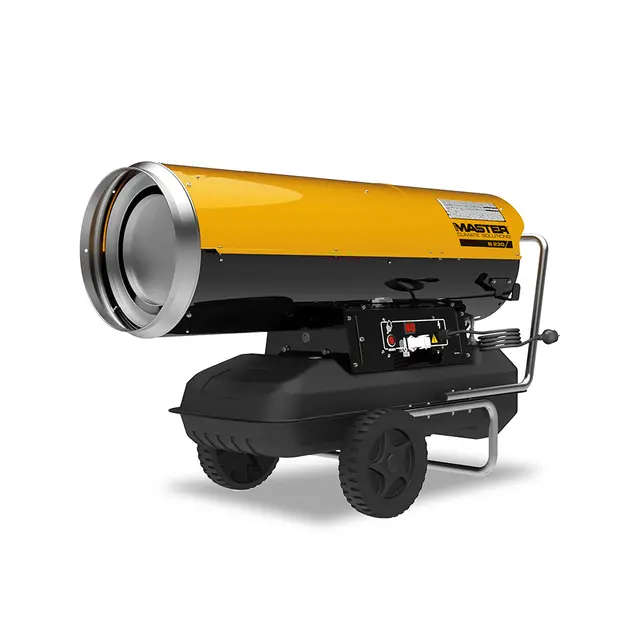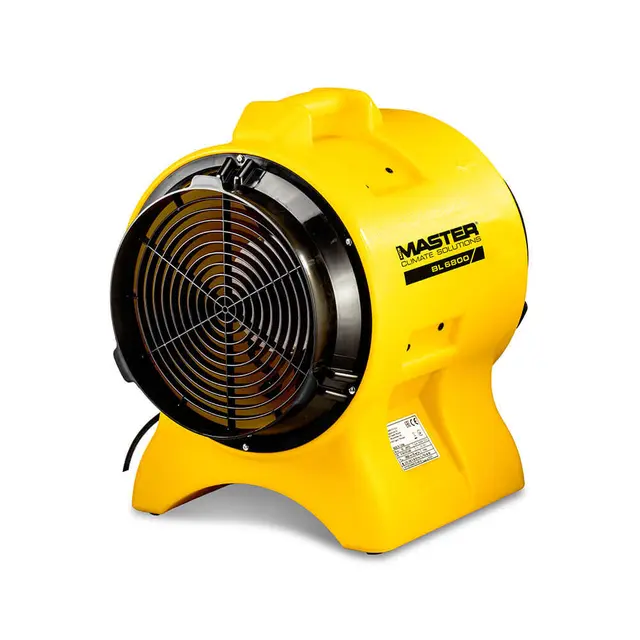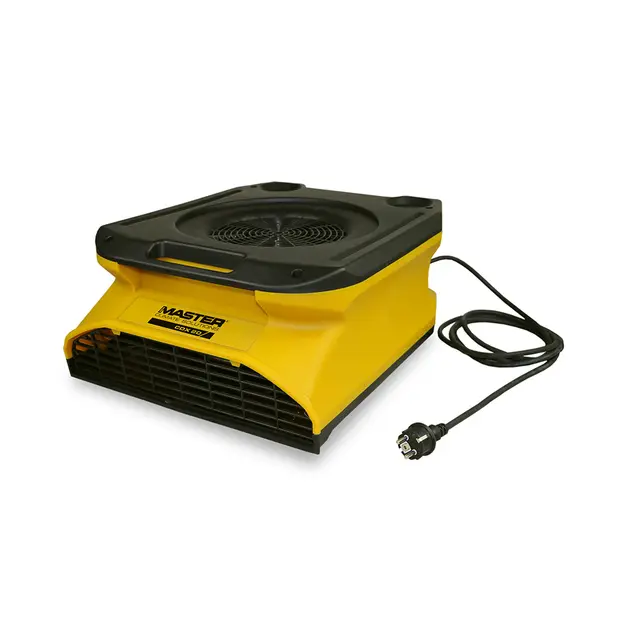Post-flood clean-ups: How Master heaters make the difference
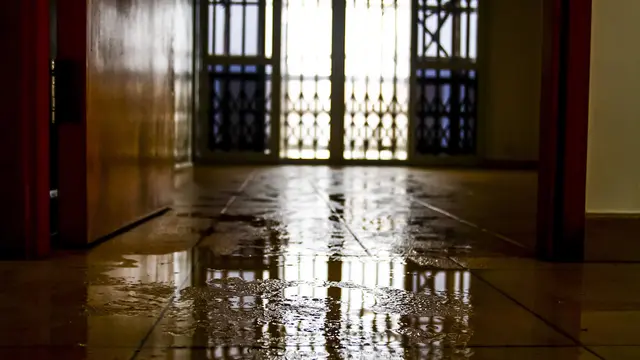
- Home
- Insights
- Heating insights
- Post-flood clean-ups: How Master heaters make the difference
Many of the dangers following flood damage can be lessened or eliminated through access to the right heating solution. Discover why Master’s range is the standout choice for the emergency services in these scenarios.
After any form of natural disaster, speed is of the essence for the emergency services. To ensure people’s safety. To prevent as much structural damage as possible. To clean up the aftermath of these impactful events.
This is certainly applicable in cases of flash flooding. In a short window of time, a rapid rise of water levels can have catastrophic consequences, and the immediate concern of the emergency services will be to protect lives and get people to safety.
But, after these priorities, attention then shifts to drying out flood-affected buildings and ensuring victims of these events are kept as comfortable as possible in the interim. For this, the emergency services need to depend on reliable, robust equipment designed for these exact situations – namely heaters, dehumidifiers and ventilation units.
Here we will discuss how heat plays an essential role in the immediate aftermath of flooding, and what makes Master’s range of heaters stand out in their field for the level of support they offer those working in the emergency services.
How heaters make a difference in a post-flood environment
Following the impact of a flood, access to portable heating units can be a significant help to the emergency services in how they minimise the damage caused and look after those rescued from the water.
Drying out water damage
Probably the most obvious assistance that heaters offer is speeding up the process of drying up buildings once flooding subsides.
Once the emergency services have pumped the standing water from affected areas, predominantly basements, cellars and ground floors, a combination of portable heaters, dehumidifiers and ventilation systems should be employed to target the water damage as quickly as possible.
While it will primarily be the dehumidifier’s role to extract the moisture from these environments over time, heaters can accelerate this process significantly by encouraging the moisture in walls, carpets, floors and other fixtures to enter the atmosphere, where it can be processed by the dehumidifier quickly and energy efficiently.
When time is critical, in order to minimise the damage that standing water can have on the stability and safety of structures, and prevent the development of harmful mould and fungi, the application of heaters is a valuable support.
Warming rescue shelters
Beyond the flooded areas themselves, there are also the people and animals rescued from these disasters that need consideration. With their homes and typical community centres potentially inhabitable for an extended period of time, it is critical that these victims have shelter available that is safe, dry and warm.
Here, either portable heaters or cabinet heaters can be valuable in making sure that the victims of a flood are kept warm and cosy in their temporary shelters. These can be straightforward for the emergency services to set up in any available environment, large or small, to consistently heat the entire area.
Especially if the flooding occurs in the colder months of the year, which could lead to victims to suffer chills in wet clothing, it’s crucial that those affected have a comfortable, habitable place to stay until the situation is remedied.
Why Master heaters are in a class of their own
We have identified the key areas where heating solutions can enhance the efforts of the emergency services following flood damage. Now, we need to discuss the systems that offer the most emphatic support in the shortest window of time.
When time is tight and emergency service professionals need to act fast to keep people safe and prevent as much damage as possible, our range of portable and cabinet heaters offer numerous benefits:
High levels of air displacement ensure even large shelters and facilities can be heated up quickly
Compact designs mean that they are easy for emergency service professionals to transport and set up in a flooded area
Quick, straightforward installation means the emergency services can get to work immediately
The robustness and reliability of Master’s products mean they are well-suited for the most difficult of conditions
Heaters are available in a variety of sizes and power levels, so you can utilise the most appropriate version for all circumstances
When combined with Dantherm Group’s selection of dehumidifiers and ventilation units, water damaged areas can be treated efficiently and effectively
If you are interested in learning more about Master heaters and the valuable role they can play following flash floods and other natural disasters, get in touch with our team for more insight.
Related products
Featured insights
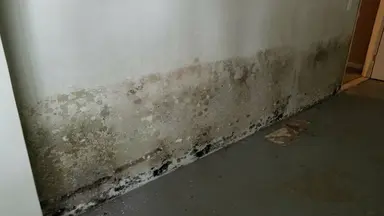
The quick guide to drying out buildings
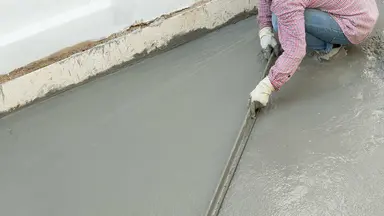
Don't let harmful moisture take your building back to square one

Become the go-to supplier for construction and water damage restoration
Need help with choosing the right solution? Our team of over 100 climate control experts can assist.
You can also reach out or join the discussion on our Social Media. Check out our LinkedIn page.

